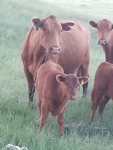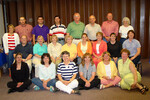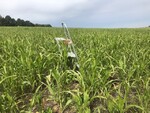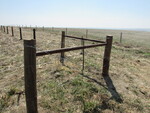Posted date: May 28, 2021
by: Admin My Local Life
544 Views
What is good pollinator habitat? The main element of high-quality pollinator habitat is an abundant and diverse array of flowering plants. These plants include a variety of annual and perennial forbs, legumes, shrubs, vines and trees that start flowering early in spring and continue late into fall.
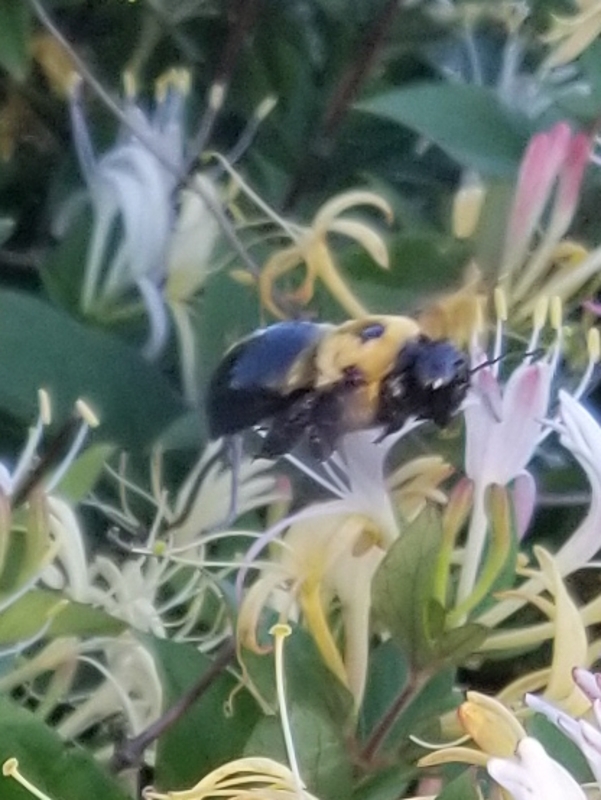
Native bees are a vital component of a "biologically diverse" plant and animal community. This community is critical to a healthy, ecologically functional landscape. In addition to bees, other pollinators include butterflies, moths, birds, wasps, flies, beetles and other insects. Bees are the most efficient at moving pollen from flower to flower. Of the 100 crop species providing 90 per cent of the world’s food, over 70 crop species are pollinated by bees.
Habitats that support a healthy population of pollinators include native range land, CRP land with diverse grass and forb seed mixtures, wildlife food plots, and home flower gardens. On range land, a key component of improving pollinator habitat is well managed rotational grazing. Continuous grazing on range land is detrimental to plant species diversity and has a very negative impact on pollinators.
High intensity, short duration grazing has resulted in improved pollinator habitat in many riparian zones along streams. Canada Goldenrod and Yellow Sweet Clover are two examples of pollinator plants that improve in riparian zones when short duration, managed grazing systems are used effectively. Inter-seeding forbs into native range land habitats has proven to increase the reproduction of Lesser Prairie Chicken, Bobwhite Quail and Ring-neck Pheasant and other gallinaceous game birds. In short, good pollinator habitat is good for game birds and songbirds.
Acreage size of pollinator habitat impacts the type of pollinators that use the flowering habitat. For example, small bees fly 200 meters or less, while larger bees can fly nearly 2 miles in their search for pollen and nectar. Diverse range land plant communities provide a consistent source of floral nectar.
Always avoid the use of insecticides!! They kill pollinators. Sub-lethal doses can affect foraging and nesting behaviors and suppress their immune systems. When insecticides are taken up in plant tissue, they can persist in pollen, nectar and plant tissue for long periods of time, posing a threat to pollinators. Also, when picking plants at nurseries, ask if they have been treated with systemic pesticides.

USDA/NRCS offers many conservation practices that will benefit pollinators. The practices will improve grazing lands or reduce soil erosion. Simple tweaks on your farm or ranch can yield be benefits for pollinator species. On range land, adding plant diversity is helpful. On cropland, field borders planted to pollinator plant species is good. For more information visit https://nrcs.usda.gov/pollinators. The Natural Resources Conservation Service EQIP, CSP, and Technical Assistance programs are available for planning and providing some cost share to help cover the cost of planting pollinator plants. Contact your local NRCS Field Office for assistance.

